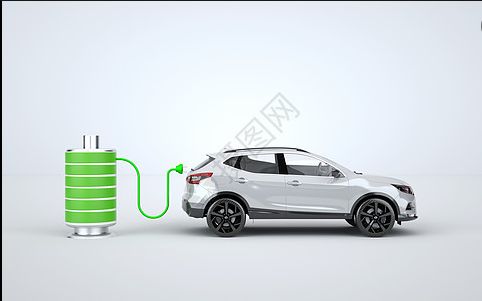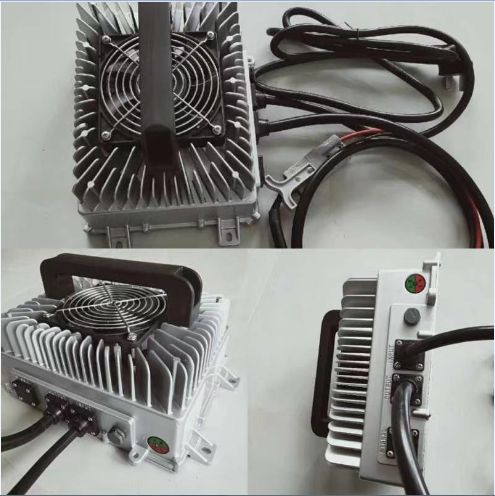OBCs are used in pure electric vehicles (BEVs), plug-in hybrid electric vehicles (PHEVs) and potentially fuel cell vehicles (FCEVs). These three electric vehicles (EVs) are collectively referred to as new energy vehicles (NEVs).
On-board chargers (OBCs) provide the critical function of charging high-voltage DC battery packs in electric vehicles (EVs) from the infrastructure grid. The OBC handles charging when the EV is connected to a supported Level 2 Electric Vehicle Supply Equipment (EVSE) via a suitable charging cable (SAE J1772, 2017). Owners can use a special cable/adapter to connect to a wall plug for level 1 charging as an “emergency power source”, but this provides limited power and therefore takes longer to charge.
OBC is used to convert alternating current to direct current, but if the input is direct current, this conversion is not required. When connecting a DC fast charger to the vehicle, this bypasses the OBC and connects the fast charger directly to the high voltage battery.
Post time: Jun-09-2022



